Shifting With Hasselblad V Lenses on Fuji GFX
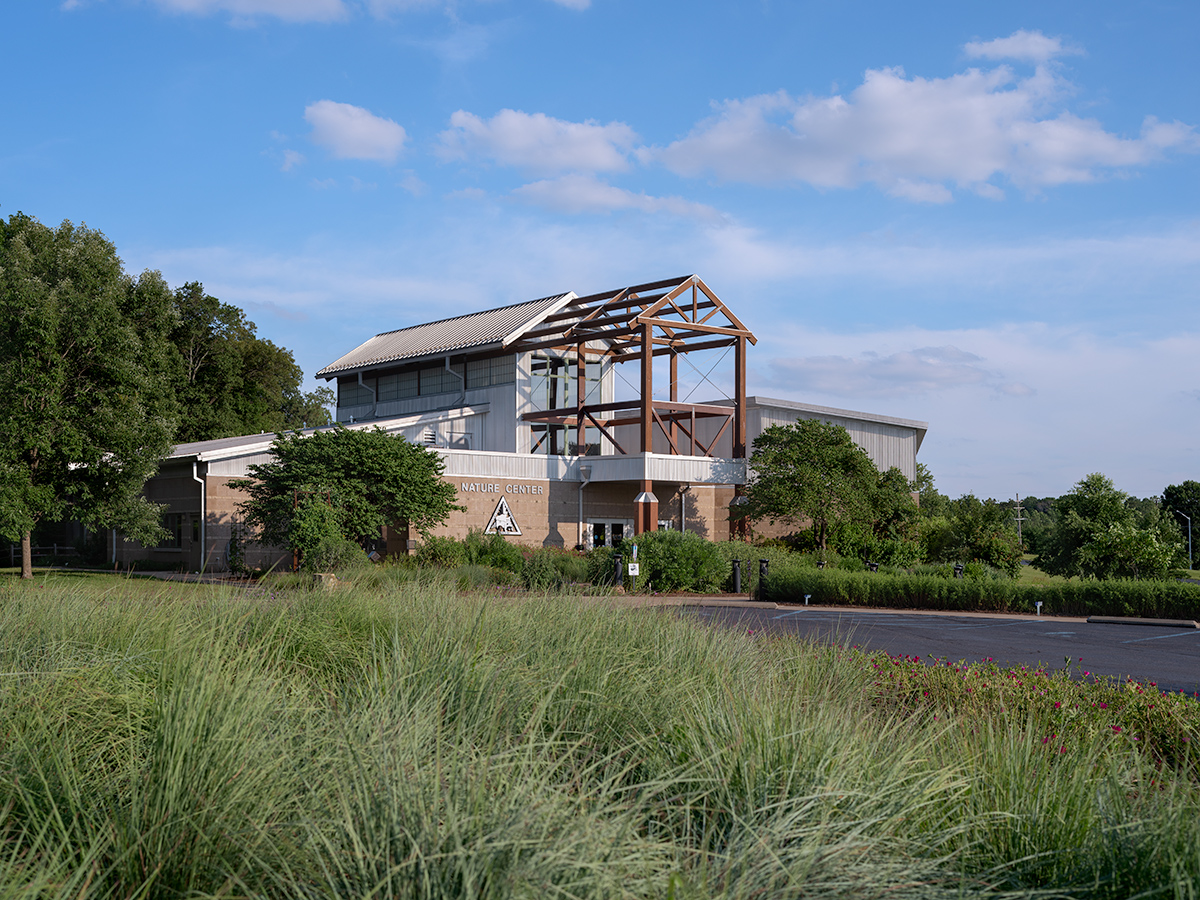
Technical Camera Movements for Commercial Photography
The current landscape of architectural photography equipment, specific to cameras and lenses is at an interesting impasse. This is large in part to the rise of mirrorless bodies and the lack of direct mount contemporary shift lenses for these systems. Architectural work is pretty niche within the greater milieu of commercial photography. So, its not a huge leap to determine that there is very little demand for new shift lenses for mirrorless systems. As such, photographers shooting architecture and interiors have setups from mild to wild. The majority seem to be using Sony, Canon or Nikon bodies with Canon, Nikon, Venus, Samyang or Rokinon shift lenses with adapters. But, what about the outliers needing shift lenses for Fuji GFX?
The GFX system is still new to me. I’ve been shooting canon since 1999 and only branched out last year. It felt like a good time to upgrade as I had been using my trusty 5D Mk III for over a decade. While there is nothing wrong with it, I had a little money saved up and decided to try something new. At the time, I had not quite stepped into architecture and interior photography. As such I didn’t fully understand the ramifications of my decision until after it was made. So feeling a little stuck, but not thrilled with other options, I decided to lean into it for better or worse. The great words of Cornelius Bros and Sister Rose come to mind: It’s Too Late to Turn Back Now.
Decision Paralysis
Once I decided to stick with the GFX I almost immediately assumed I’d need a pair of TS-E shift lenses from Canon with an adapter. Dennis Radermacher uses this setup with incredible results and goes so far as to even outline the benefits on his blog. And while Fujifilm has announced that they are releasing two tilt/shift lenses for the GFX system this year, who knows when those will come out, if they will work well out the gate or how much they might cost. So I went out, figuratively, with the intention of buying some glass.. on eBay.
Long story short, I tried to buy the 50mm TS-E on eBay only to be outbid once and twice have buy it now orders canceled. It was a sign that I needed to reassess. So I tabled trying to find shift lenses for Fuji GFX and picked up a 32-64mm Fujifilm lens. The 32-64 is a beautiful lens despite its underwhelming maximum aperture of F/4. However, for the type of commercial photography I’m interested in, that didn’t matter – I was after its focal range. But once I started playing with it, something odd happened. Every time I used autofocus on full zoom it gave me an error “TURN OFF THE CAMERA AND TURN ON AGAIN”. Come to find out, this is a relatively well known problem effecting a few of the wide angle lenses Fuji makes for the GFX. So, after taking a few photos with it, I returned the lens and went back to the drawing board.
There had to be a better solution to all this mess.
Dusting Off The Old Hasselblad..
Every architectural or interiors photographer using a TS-E lens on the GFX knows that it has its limits. Since the sensor size of the GFX is much larger than a 35mm full frame sensor, the lenses have a crop factor of .79. Meaning, that the 24mm TS-E is closer to shooting with a 19mm lens. While that is not a problem, the size of the image circle is. To summarize, the lens projects a circular image in which our cameras take a chuck of for the final photograph. Shift lenses let you move and place the sensor where you want within that image circle. Handy for fixing perspective control but problematic when your sensor size is larger than the one the lens was designed for. This results in GFX users not being able to use the entire shift range of the lens as the image circle starts to show up in the frame.
After thinking about all this a little too long I had an epiphany: If I have to have an adapter anyway, why not make it a shift adapter and use my old Hasselblad V lenses? The image size from a negative of my old 500cm is 56mm square. Using a Pythagorean Theorem calculator, the diagonal measurement would be about 79mm. That’s 12mm’s larger than the TS-E lenses which where designed to have a big image circle. Not to mention, I’ve got a soft spot for those Hasselblad V lenses, they’re sharp as hell and I already own 3 of them.
Results
Within a few minutes of looking around online, I found 3 different shift adapters for the GFX. I choose the most basic option from Hartblei out of Ukraine as it had a Arca Swiss tripod mount built in, which would allow me to do some shift stitching. Once the adapter arrived I instantly had 3 lenses through which I could shift: a 120mm CFE, 80mm CF and 50mm CF. To celebrate in the nerdiest way possible, I went out to test the adapter’s functionality and to verify my idea that I wouldn’t run into any image circle vignetting. Below are my results and as you can see there is no trace of the image circle when using these Hasselblad lenses with an adapter as shift lenses for Fuji GFX.
I photographed the Nature Center in Cape Girardeau Missouri. It has been on my list of places to shoot. While I plan on trying to get some more serious work done here it was a good location for this test. Its a very beautiful and unique building that stands above the road leading into town. It was designed by PWArchitects alongside: McClure Engineering Co., CM Engineering, AldrichPears Associates, The Portico Group and Coil Construction.
Hasselblad Zeiss 50mm f/4 Distagon CF T* FLE
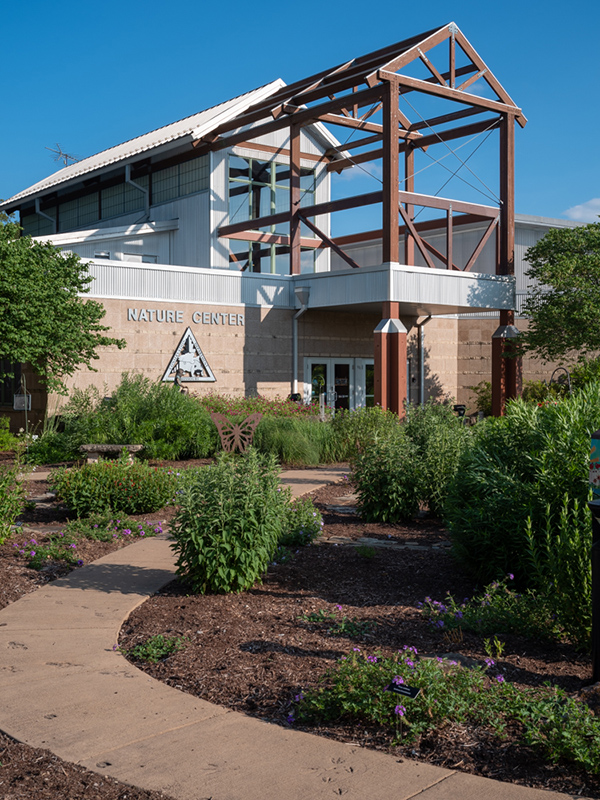
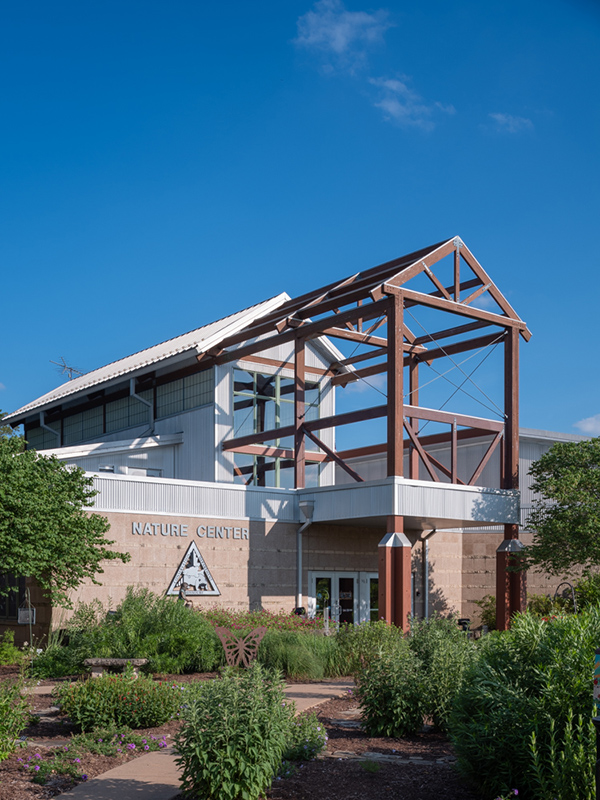
Hasselblad Zeiss 80mm f/2.8 Planar T*
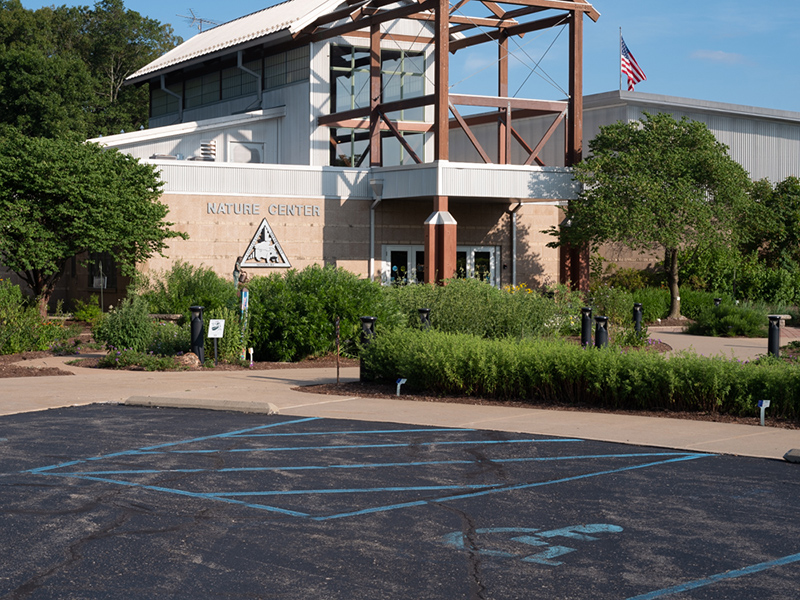
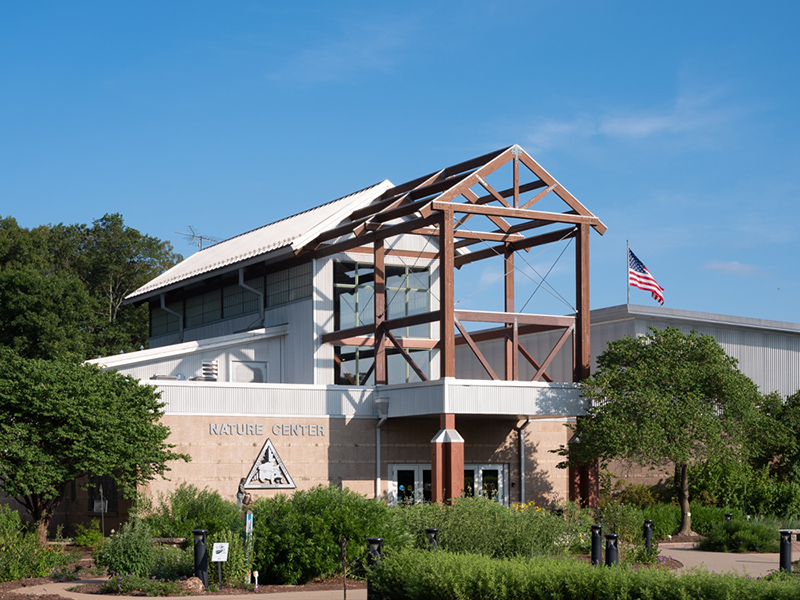
Hasselblad Zeiss 120mm f/4 Makro-Planar CFE T*
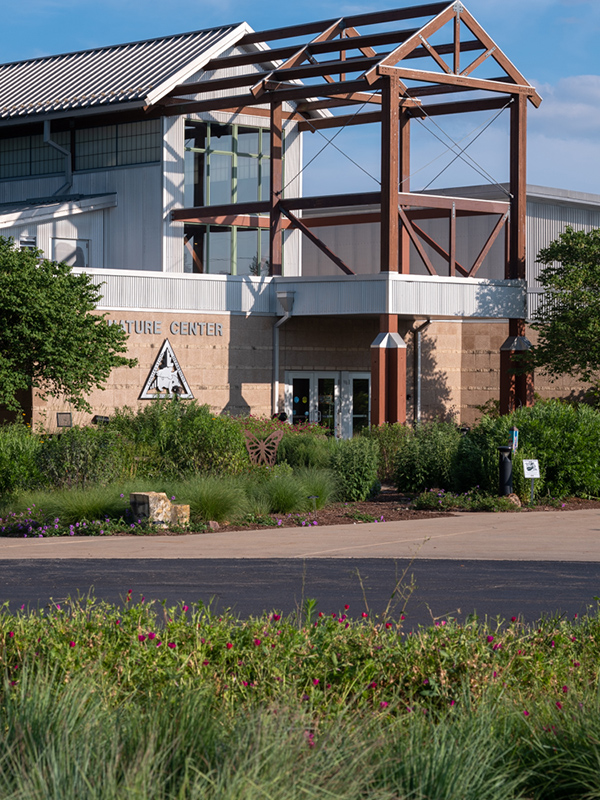
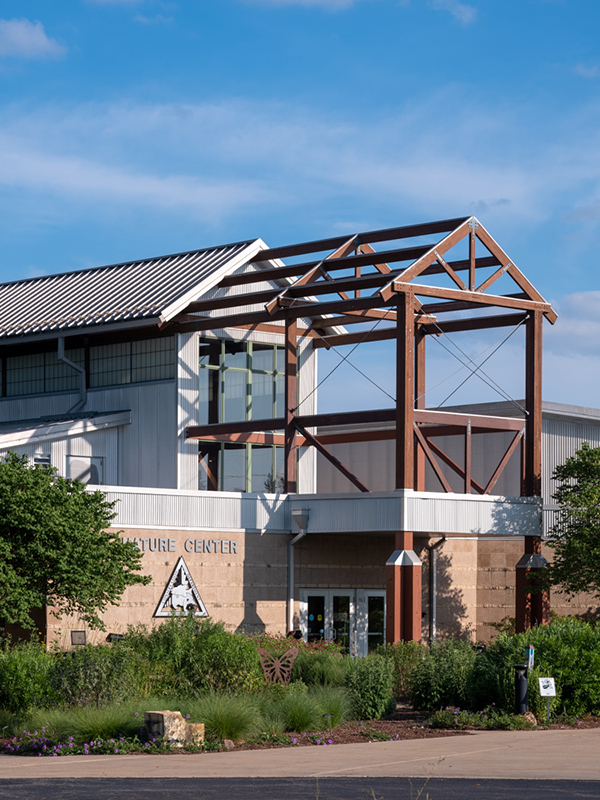

Hi! I'm Bradley Phillips
